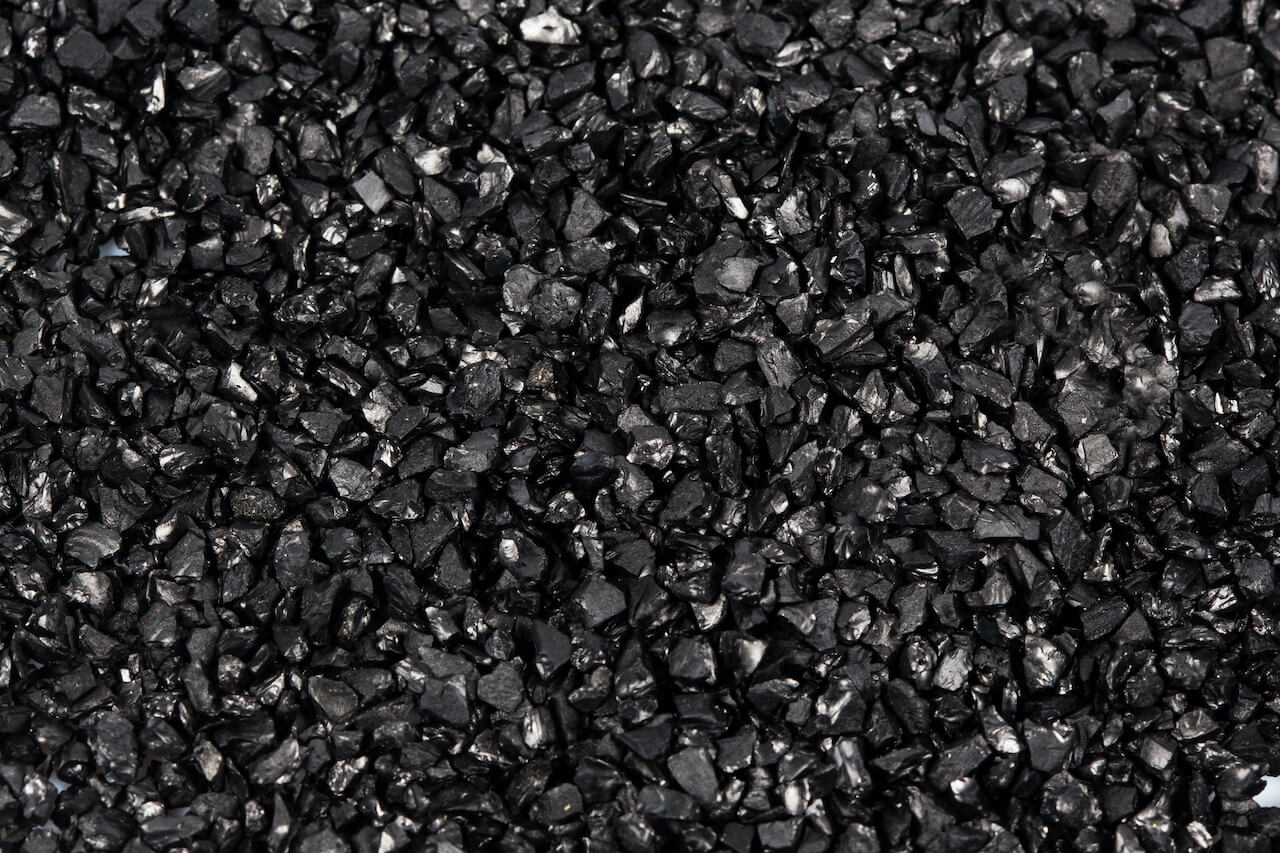Introduction
Carbon black, a versatile and essential industrial material, plays a pivotal role in various industries, from rubber manufacturing to ink production. As businesses seek reliable sources for this crucial component, understanding the dynamics of carbon blacks supplier, the factors influencing carbon black prices, and their applications in polyethylene becomes paramount.
I. Carbon Black Suppliers: A Market Overview
In the realm of carbon black, selecting a reliable supplier is critical for ensuring product quality, consistency, and, ultimately, the success of various industries. Numerous suppliers operate globally, each contributing to the market with unique offerings. Some well-established carbon black suppliers include Cabot Corporation, Orion Engineered Carbons, and Birla Carbon.
1. Cabot Corporation
Cabot Corporation stands as a prominent player in the carbon black market, boasting a global presence and a diverse portfolio of carbon black products. The company’s commitment to innovation and sustainability makes it an attractive choice for industries seeking high-quality carbon black solutions.
2. Orion Engineered Carbons
With a focus on specialty carbon blacks, Orion Engineered Carbons is recognized for its technological expertise and customer-centric approach. The company serves a range of industries, including rubber, coatings, and plastics, providing tailored solutions to meet specific application requirements.
3. Birla Carbon
Birla Carbon, part of the Aditya Birla Group, is a leading global manufacturer and supplier of carbon black. Known for its commitment to sustainability and responsible business practices, Birla Carbon offers a wide range of carbon black grades catering to the diverse needs of industries worldwide.
II. Carbon Black Price Dynamics: Influencing Factors
The pricing of carbon black is subject to various factors, and understanding these dynamics is essential for businesses seeking cost-effective solutions.
1. Feedstock Prices
The primary raw materials used in carbon black production include oil derivatives such as crude oil or natural gas. Fluctuations in the prices of these feedstocks directly impact the overall production costs of carbon black, influencing its market price.
2. Global Supply and Demand
Carbon black is a global commodity, and its market dynamics are influenced by supply and demand trends worldwide. Increased demand or disruptions in the supply chain can lead to price fluctuations, affecting industries dependent on carbon black as a key ingredient.
3. Environmental Regulations
Stringent environmental regulations can impact the production processes of carbon black manufacturers, necessitating investments in cleaner technologies and compliance measures. These additional costs may be reflected in the pricing of carbon black products.
III. Carbon Black in Polyethylene Applications
Polyethylene, a widely used polymer, finds extensive applications in various industries, and the incorporation of carbon black can enhance its performance in several ways.
1. UV Protection
Polyethylene is susceptible to degradation from ultraviolet (UV) radiation, which can lead to reduced mechanical properties and discoloration. By incorporating carbon black as a UV stabilizer, the polymer gains improved resistance to UV-induced degradation, prolonging its lifespan in outdoor applications.
2. Conductive Properties
Carbon black is known for its electrical conductivity, making it a valuable additive in polyethylene formulations for applications requiring static dissipation or electrical conductivity. This is particularly crucial in industries like electronics, where preventing static buildup is essential to avoid damage to sensitive components.
3. Mechanical Reinforcement
The addition of carbon black polyethylene can enhance its mechanical properties, including tensile strength, modulus, and impact resistance. This makes carbon black-filled polyethylene ideal for applications where durability and toughness are paramount, such as in the production of pipes and automotive components.
Conclusion
The carbon black landscape is intricate, involving careful considerations of suppliers, price dynamics, and applications in various industries. Selecting a reliable supplier, understanding the factors influencing carbon black price, and leveraging its properties in polyethylene applications are crucial steps for businesses aiming to thrive in a competitive and dynamic market. As industries continue to evolve, the role of carbon black as a versatile and indispensable material remains steadfast, contributing to advancements across diverse sectors.


